DROPS Andes
A soft and chunky blend of alpaca and wool
from:
26RON
per 100 g
Content: 65% Wool, 35% Alpaca
Yarn Group:
E (9 - 11 stitches)
/ 14 ply / super bulky
Weight/length: 100 g = approx 90 m
Recommended needle size: 9 mm
Knitting tension: 10 x 10 cm = 10 sts x 14 rows
Care: Hand Wash, max 30°C / Dry Flat / Feltable
Superwash: no
Made in: Peru
Raw material origin: Alpaca and wool from South America
This yarn has an Oeko-Tex® certification (certificate number 23.HPE.36896), Standard 100, Class II from the Hohenstein Institute. This means that is has been tested for harmful substances and is considered safe in human-ecological terms. Class II means the yarn is suitable to come in direct contact with the skin to a large extent, such as blouses, shirts, mattresses, etc.
DROPS Andes is spun from 2 strands in the traditional combination of 65% wool and 35% superfine alpaca, giving the yarn a silky surface (from the alpaca fibers) and good shape stability (from the wool). Its natural fibers are untreated, which means that they are only washed and not exposed to any chemical treatment prior to the dyeing. This highlights the fiber’s natural properties, while it also provides a better shape and texture quality.
Very easy to work with thick needles and hooks and ideal for felting, DROPS Andes is perfect for winter garments, accessories and interior patterns.
Read more about our products' sustainability here
Please be aware that the colours shown may vary from screen to screen in the same way that shades may vary slightly from dye lot to dye lot.
How do I care for this yarn?

Hand Wash, max 30°C / Dry Flat
First of all, consider just airing the garment, instead of washing it. If you still desire to wash it, here are some guidelines:
- Hand wash at 30ºC - separately - with wool detergent without enzymes or optical brighteners.
- Don’t let the garment soak. Move the garment gently back and forth, do not rub or squeeze it.
- Rinse the garment until the rinse water is completely clear, making sure the water temperature stays uniform.
- Do a light centrifugation of the garment (about 800rpm), choosing a program that DOES NOT take in water at the start. Or press carefully the water out of the garment with a dry towel. The garment shouldn’t be twisted or rolled.
- To dry the garment, shape it and lay it flat - do not hang - ideally on a warm bathroom floor or on top of a drying rack in a room with good air circulation. Never dry the garment in direct sunlight.
- Don’t tumble dry.
- Never iron the garment directly. Use always a damp cloth between your steaming iron or regular iron and the garment.
Note: If you are washing a project made with this yarn combined with another, the general guideline is to follow the washing instructions for the most delicate of the yarns you are working with.
Thinking about felting this yarn?
See how this yarn looks before and after felting:

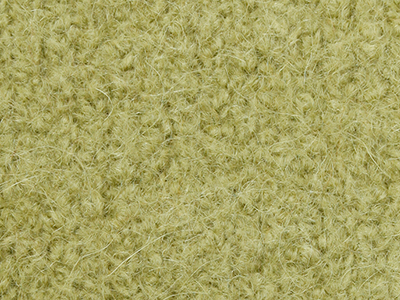
Needles: 9.00 mm
Before: 10 sts x 14 rows
After: 13 sts x 26 rows
Do you have a question about this yarn?
See a list of frequently asked questions (FAQ) about our yarns.
1) What type of fibers make the DROPS yarns?
Yarn can be made from a large number of natural and synthetic fibers. DROPS carries mainly yarns made from wool, cotton, alpaca, linen, mohair and silk. Each fiber type has its own qualities, and they are often mixed to take advantage of the best properties of each one. Coarse yarn has the advantage of being stronger and more durable, and finer fibers offer more softness and comfort. Here a bit about the main fibers we carry:
Alpaca:
Alpaca fleece is the natural fiber harvested from an alpaca, and it is similar in structure to sheep wool fiber. Its softness comes from the small diameter of the fiber, similar to merino wool. It is a soft, durable, luxurious and silky natural fiber. Yarn made from alpaca fibers does not felt or pill easily, and it can be light or heavy in weight, depending on how it is spun. While similar to sheep’s wool, it is warmer, not prickly, and has no lanolin, which makes it hypoallergenic. Alpacas come in 22 natural colors, with more than 300 shades from a true-blue black through browns-black, browns, white, silver and rose-greys.
Mohair:
This fiber comes from the Angora goats, and it's considered a luxury fiber. Mohair yarn is warm as wool, but much lighter in weight; it is durable, dyes well and does not felt easily. Mohair fibers have also a distinctive luster created by the way they reflect light. Despite being a hard fiber, mohair is usually spun into a very fluffy yarn, resulting in airy and lustrous garments.
Wool:
The wool fibers come from the skin of sheep and are relatively coarse fibers. Two striking characteristics of wool are its susceptibility to heat and its felting property, which is caused by the scales on the surface. Depending upon the breed of sheep, the appearance of the wool varies.
Wool from Merino sheep is considered the finest type of wool, having as characteristics that is finely crimped and soft. All the Merino wool in the DROPS yarns has its origins in South America, coming from sheep that have not been subject to Mulesing.
Pure new wool is wool made directly from animal fleece, and not recycled from existing wool garments.
Machine washable wool is wool treated chemically to minimize the outer fuzzy layer of the fibers, and be therefore fitable for machine wash (see Superwash).
Silk:
The silk fiber is a fine continuous fiber produced from the cocoon of a moth caterpillar known as the silkworm. While silkworm is cultivated, the wild or tussah silk is obtained from uncultivated silkworm cocoons. Silk fiber is one of the strongest natural fibers and makes a wonderful knitting yarn. It blends really well with other fibers, especially wool. Silk also dyes beautifully with natural dyes.
Vegetable fibers:
There are several varieties of vegetable fibers, found in the cell walls of plants or vegetables. Of all the varieties, two are recognized as major knitted or textile fibers. They are cotton and linen.
Cotton is the fiber surrounding the seeds in a cotton pod, and it is almost pure cellulose. Cotton is usually white in color but there are green and brown varieties as well. The cotton fiber is most often spun into yarn or thread and used to make a soft, breathable textile that is good for summer clothing and accessories, making a weaker yarn than silk or linen but stronger than wool.
Mercerized cotton is cotton that has been through a mercerization treatment. This treatment gives cotton fabrics and threads a lustrous yarn that is more lustrous than conventional cotton. It is also stronger, takes dye a little more readily, makes the yarn more resistant to mildew and reduces lint. It also may not shrink or lose its shape as much as "regular" cotton.
Linen is a fiber derived from the stalk of the flax plant that is durable and stronger than any other fiber. The linen fiber is relatively soft, straight and lustrous and becomes more beautiful with age. Linen is more comfortable to wear in hot temperatures than cotton, due to the fact that it absorbs moisture better and dries more quickly.
Other materials used in our yarns include synthetic fibers such as acrylic, viscose, polyamide (nylon) and polyester. These fibers are used mostly to give strength to a yarn (like our sock yarn, DROPS Fabel) or a special kind of structure (like our blown yarn, DROPS Air).
The polyamide fibre, commonly known as nylon, is very strong, durable, lightweight, easy to care for (can be machine washed and dried), and elastic, which makes it perfect for blending with other fibres to produce hard-wearing yarns like sock yarn.
Compared to polyester, polyamide is softer and more flexible, but it also absorbs more water and dries slower.
3) What type of information can I find on the DROPS yarn labels?
All DROPS yarn labels include information about fiber content (wool, cotton, etc.), weight in grams and ounces, length in meters and yards, washing instructions and symbols (explained here), color number, dye lot number and yarn group information.
4) What are the DROPS yarn groups?
All DROPS yarns are classified into 6 different thickness groups (A to F). Yarns in a same group have similar knitting tension/gauge, and can therefore be interchanged in patterns; however the length may be different, so when substituting always calculate the amount of meters/yards needed for the pattern to know the amount of yarn you need to get.
5) Can I use a different yarn than the one mentioned in the pattern?
Yes, as long as the yarn can be worked in the same knitting tension/gauge. Always swatch to make sure you get the same number of stitches in width and rows in height as given in the pattern.
Remember that different yarns with different textures, will give the garment different looks. The yardage/length may also be different, so when substituting always calculate the number of yards needed, in order to know the amount of yarn you need.
Read more about how to calculate the amount of an alternative yarn - and how to replace 1 thread of a yarn with 2 or more of another, here.
6) What does it mean when a yarn is “Superwash”?
A superwash wool is a special wool product that has been treated or processed in a way that allows it to be machine washable. Many people are afraid to work with wool because it is so easy to shrink (though some shrink wool on purpose) and superwash wool can allow them to work with great fibers without worry. (Read more here).
7) What does “Oeko-Tex® certified” means?
The Oeko-Tex® Standard 100 was introduced at the beginning of the 1990s as a response to the needs of the general public for textiles which posed no risk to health. The Oeko-Tex® Standard 100 is a globally uniform testing and certification system for textile raw materials, intermediate and end products at all stages of production. The test for harmful substances comprise substances which are prohibited or regulated by law, chemicals which are known to be harmful to health, and parameters which are included as a precautionary measure to safeguard health.
For more info go to www.oeko-tex.com
10) How accurate are the colours on the shade cards online?
When obtaining images for the shade card, we do our best to achieve the highest level of color accuracy. Unfortunately, we cannot guarantee how images will appear on your computer screen. Every monitor displays color differently, some colors might look darker than they really are, and some colors might be more saturated on some screens. If you experience that many of the yarn colors looks different on your screen than the actual color of the skeins, you can adjust the setting on your monitor.
11) What is a micron? What does super fine / extra fine mean?
The fineness of yarn fibers is measured in microns (thousands of millimeters). Super fine alpaca wool is 26-28 microns. Fine merino wool is less than 21.5 microns and extra fine merino is under 19.5 microns. The less microns the softer and more delicate a quality can be, the more microns the more hard wear the quality will be.
The reason why the microns in a yarn’s fibers are important is that the yarn will eventually become something else, and how delicate or coarse a yarn is will determine in part what we use it for. That’s why we recommend the softest yarns (like DROPS Baby Merino) for baby clothing, or why we choose to use a more hard wear yarn like DROPS Snow, for a seating pad or slipper.
12) Why are the colours in my skeins of print yarn different?
The reason why two skeins of a same print yarn look different can be 1) that both skeins are part of different dye lots; 2) that the skeins have been dyed using a technique called "magic print" (the one used for example in DROPS Delight), which provides unique patterns and smooth colour transitions to each skein, meaning also that within one dye lot, lighter or darker varieties might appear. This is no fault or defect, but part of the yarn's character.
13) My store doesn’t have the colour I want, what can I do?
If your DROPS store doesn’t have the yarn colour you want, try contacting a DROPS Super Store (the ones with the golden badges) - they will make sure to get a hold of the colour even if they don’t have it in stock themselves. See a list of all DROPS stores here.
14) Where can I find a specific dye lot of a colour?
Always try contacting your DROPS store first. If they do not have the dye lot you want we recommend you to ask other knitters and crocheters in the DROPS Workshop in Facebook or Ravelry, which may have the dye lot in their stash and might be willing to part from it.
Yarn sheds because there's not enough twist to hold all of the fibers together. All yarns have excess fibers (from production) that might come off as lint or shedding, in varied degrees that depend on how the yarn is spun. Brushed yarns ("hairier" yarns) like DROPS Melody, have more of these loose fibers than other yarns, and therefore shed more. Shedding also depends on what is worn under or over the garment, and whether this pulls at the yarn fibers. It’s therefore not possible to guarantee that there will be no shedding.
Below are some tips on how to get the best result when working with hairier yarns:
- When the garment is finished (before you wash it) shake it vigorously so the looser hairs come off. NOTE: do NOT use a lint roller, brush or any method that pulls at the yarn.
- Place the garment in a plastic bag and put it in your freezer - the temperature will cause the fibers to become less attached to each other, and excess fibers will come off easier. Leave in the freezer for a few hours before taking it out and shaking it again.
- Wash the garment according to the instructions on the yarn label. Garments worked with hairier yarns usually need to be shaken once dry after washing, so that the hairs rise and any excess fibers can come off.
Pilling is a natural process that happens to even the most exclusive of fibers. It's a natural sign of wear and tear that is hard to avoid, and that is most visible in high friction areas of your garment like a sweater's arms and cuffs.
You can make your garment look as new by removing the pilling, using a fabric comb or a pill/lint remover.
How can I replace this yarn?
If you are looking to replace this yarn with another DROPS yarn, you can use another yarn within the same yarn group, or try our yarn converter!
Other yarns in Yarn Group E
Read more about replacing yarn.Have a problem with the DROPS yarn you purchased?
When you purchase yarn from the shade cards or patterns on our site, you are not buying directly from DROPS but from one of the hundreds of DROPS stores around the world. It is therefore important that you take contact with the DROPS store where you bought the yarn, and that you save the labels of all the skeins you purchased (they are your warranty).
The DROPS store you contact will assist you and escalate the claim if necessary. Find a list of DROPS stores here.
Comments / Questions (125)
![]() Kelly wrote:
Kelly wrote:
Is the Andes yarn oeko-tex certified ?
30.05.2021 - 18:22DROPS Design answered:
Dear Kelly, DROPS Andes is not Oeko-Tex certified. Happy knitting!
31.05.2021 kl. 08:55
![]() Janette Sawden wrote:
Janette Sawden wrote:
I'm trying to get hold of the light grey green Drops Andes yarn and cannot find it in the UK, is it still available?
16.05.2021 - 22:09DROPS Design answered:
Dear Mrs Sawden, colour 7130, light grey green has now been recalled into sea green - do not hesitate to contact your favorite DROPS store - even per mail or telephone - for any further help choosing a colour. Happy knitting!
17.05.2021 kl. 10:38
![]() Lindy wrote:
Lindy wrote:
Hi Just wondering if you deliver to Australia, I'm guessing you don't as we aren't on the dropdown list. Do you know any stockists in Aust? Cheers Lindy
28.02.2021 - 02:00DROPS Design answered:
Dear Lindy, you can check the stores that ship worldwide in the following link: https://www.garnstudio.com/findastore.php?s=w&cid=19
28.02.2021 kl. 16:14
![]() Rebekah Troy wrote:
Rebekah Troy wrote:
Where is your wool and alpaca wool sourced from?
16.02.2021 - 16:50DROPS Design answered:
Dear Mrs Troy, you will read more about our yarns here. Happy knitting!
17.02.2021 kl. 09:19
![]() Erica Nardini wrote:
Erica Nardini wrote:
Buongiorno, mi potrebbe dire gentilmente che colori sono i 3 della figura, quelli con tonalità blu, panna e beige? Il nome preciso del colore, grazie...e per cortesia quanta lana devo prendere per un gilet senza maniche taglia 44. Grazie saluti
15.02.2021 - 09:50DROPS Design answered:
Buonasera Erica, per un'assistenza così personalizzata può rivolgersi al suo rivenditore DROPS di fiducia. Buon lavoro!
16.02.2021 kl. 22:55
![]() Orysia Zwiryk wrote:
Orysia Zwiryk wrote:
I am knitting Winter Poppies jumper, do you have any mustard yellow in Drops Andes?
15.02.2021 - 05:54DROPS Design answered:
Dear Orysia, we don't have this colour in Drops Andes. Happy knitting!
28.02.2021 kl. 16:24
![]() Naomi Rubin wrote:
Naomi Rubin wrote:
How many meters or yards to a ball of yarn
13.02.2021 - 21:00Naomi Rubin answered:
I just found the answer to my question about yardage. Thank you anyway
13.02.2021 kl. 21:04
![]() Ruth Brown wrote:
Ruth Brown wrote:
Which of the alternatives to Drops Snow bobbles the least please? The last jumper I knitted using it bobbled very badly. I am not interested in the cotton or linen alternatives.
02.02.2021 - 20:51DROPS Design answered:
Dear Mrs Brown, woll pills: Loose fibres have a natural tendency to move to the surface of a piece of fabric, where they are subject to friction, this causes the fibres to twist together into small balls. Fibres that are still secured to the fabric are also twisted into the ball, which causes the pill to be secured to the surface of the fabric. Depending on the type of garment you are working, the kind of friction there will be, it might be different. Feel free to contact your DROPS store to request any individual assistance choosing the best matching yarn for your projects. Happy knitting!
03.02.2021 kl. 09:43
![]() Nikol Penova wrote:
Nikol Penova wrote:
Hi, I was wondering how sustainable your items are and how the yarns are dyed? Thanks
29.01.2021 - 12:55
![]() Ewelina wrote:
Ewelina wrote:
Czy wiedza państwo ile motkow potrzeba na szalik 200 na 30?
21.01.2021 - 15:44DROPS Design answered:
Witaj Ewelino, będziesz potrzebować ok. 500 g włóczki DROPS Andes na taki szalik, zależy od ściegu, który będziesz wykonywać. Popatrz na nasze wzory na dodatki z grupy włóczek E, może znajdziesz coś stosownego. Pozdrawiamy!
21.01.2021 kl. 20:37
![]() Elaine Barton wrote:
Elaine Barton wrote:
I'm going to knit a balaclava for a friend. I need a non itchy natural fibre from yarn group E. Your pattern calls for needle size 7 and suggests Wish.. Which is 100%wool.Im worried it might be itchy.
10.01.2021 - 00:24DROPS Design answered:
Dear Mrs Barton, DROPS Wish is not 100% wool - read more here and could be a soft alternative - please contact your DROPS store - even per mail or telephone - for any assistance choosing the right matching yarn. Happy knitting!
11.01.2021 kl. 11:36
![]() Aino wrote:
Aino wrote:
Please make this andes yarn in yellow! :) I would like to pair dark grey and yellow.
29.12.2020 - 18:28
![]() Maja wrote:
Maja wrote:
Hi, I made a pair of socks (DROPS 203-37) from your Andes yarn. They fit perfectly when I was finished, but after I washed them by hand and dried them flat, they were much larger, and they did not shrink back to their original size. They are now too big. Do you have any suggestions for what I should do differently, or what may have happened? Thank you very much.
24.12.2020 - 05:19DROPS Design answered:
Dear Maja, please find some general tips about yarn care here - and contact your DROPS store for any further individual assistance, they might have more tips for you. Happy knitting!
05.01.2021 kl. 13:54
![]() Janette Barnett wrote:
Janette Barnett wrote:
Could you please I form me about the ethical treatment of the alpacas and can you ensure cruelty free
17.12.2020 - 11:17
![]() Heidi Ojamaa wrote:
Heidi Ojamaa wrote:
Tere! Värv Drops Andes lõng värviga uni colour 8465 peaks lattu saabuma järgmine nädal, kas mul oleks võimalik tellida lõnga ette? Heidi
30.11.2020 - 21:18DROPS Design answered:
Tere! Lõngu saab eeltellida enamus lõngapoodidest. Valige omale sobivam lõngapood siit: https://www.garnstudio.com/findastore.php?id=29&cid=29
06.04.2022 kl. 17:05
![]() Anita Vesterli wrote:
Anita Vesterli wrote:
Hej. Jag är nybörjare och tänker sticka en halsduk i rätstickning med Andes. På denna sida rekommenderar nr stickor nr 9, och i mönstret stickor nr 12, Vilka bör jag välja?
29.11.2020 - 16:31DROPS Design answered:
Hei Anita. Strikkefasthet og strikkepinner er kun veilledende. Strikkefasthet og pinnestørrelse kan forandre seg litt avhengig av hva man skal strikke. Et plagg kan f.eks strikke med tynnere pinner enn et skjerf. Når det i en oppskrift står pinne str. 9, er det kun veilledende. Du må sjekke at du får den strikkefasthten med pinne 9, evnt gå opp eller med i pinnestørrelse. God Fornøyelse!
30.11.2020 kl. 08:53
![]() Linda Snow wrote:
Linda Snow wrote:
Would the Andes yarn be suitable for bulky socks? Thank you, Linda
20.11.2020 - 19:02DROPS Design answered:
Dear Linda, Andes is not completely suitable for socks, since it's less resistant than Eskimo.
20.11.2020 kl. 21:05
![]() Clare Baker-Smith wrote:
Clare Baker-Smith wrote:
Which of your wools is the equivalent to Rowen Big wool is it the Andes one? I am looking for Lilac and you have one that is called grey lilac is that more grey or more lilac? & is it a solid colour or a slight mix?
04.11.2020 - 20:02DROPS Design answered:
Dear Mrs Baker-Smith, please contact your DROPS store - even per mail or telephone - they will be able to help you choosing the best matching yarn and colours. Happy knitting!
05.11.2020 kl. 11:21
![]() Daiva wrote:
Daiva wrote:
Hi, I am interested in undyed yarn, for example Drops andes, Alpaca boucle, big Merino, Alaska, bomull-lin, muskat. What does it mean uni colour? Does it mean undyed or not? Do you have undyed yarns which I mentuoned? Thanks in advance for your answer! Best regards, Daiva
16.10.2020 - 13:37DROPS Design answered:
Dear Daiva, unicolour means the yarn have been dyed with only one colour while the mix colours might have slight different shades - please contact your DROPS store for any assistance with dying they might be able to help you. Happy knitting!
21.10.2020 kl. 09:29
![]() Mona Olsen wrote:
Mona Olsen wrote:
Hei! \r\nJeg leter etter 4stk nøster av fargen 4066. Opprinnelig innfargingsnummer er 75643, men mulig det blir for mye forlangt. Har dere mulighet til å skaffe dette til meg?
16.09.2020 - 10:08DROPS Design answered:
Hej Mona. Då måste du ta kontakt med våra forhandlere för att höra med dem om någon har det partiet kvar på lager. Mvh DROPS Design
17.09.2020 kl. 09:57
![]() Ali Dufty wrote:
Ali Dufty wrote:
Hi , Could you please tell me whether there are any plans to add any more shades to the Andes range ? I was sorry to see a couple of the purple shades discontinued . I use this yarn, Nepal and Lima a lot in the accessories I make . I would love to see a mustard / gold added to the Andes range ( Like Nepal Goldenrod !!?? ) and also the teal ( Nepal deep ocean ) .Any chance !? Warm wishes Ali Dufty
24.08.2020 - 21:44DROPS Design answered:
Hi Ali. I'm sorry but we don't have any plans of adding more shades right now, but remember that you can use 2 threads of DROPS Nepal to get the same knitting tension as DROPS Andes. Happy knitting!
25.08.2020 kl. 11:46
![]() María De Los Ángeles Hdz Montoya wrote:
María De Los Ángeles Hdz Montoya wrote:
En donde puedo comprar estos estambres en México, de antemano muchas gracia, saludos
07.08.2020 - 17:22DROPS Design answered:
Hola María, puedes ver en el siguiente enlace las tiendas con envío internacional: https://www.garnstudio.com/findastore.php?s=w&cid=23
30.09.2020 kl. 23:31
![]() Araceli wrote:
Araceli wrote:
Buen día. Mi consulta era sobre si tienen a la venta saldos de sus lanas Andes y si es así, en dónde puedo ubicarlos, escribo de Lima. Les agradezco su respuesta.
01.07.2020 - 17:21DROPS Design answered:
Hola Araceli, puedes consultar las tiendas con envío internacional en el siguiente enlace: https://www.garnstudio.com/findastore.php?s=w&cid=23
15.11.2020 kl. 19:08
![]() Sharon wrote:
Sharon wrote:
Its machine washable. Put it on 40degree wool wash with 400rpm spin in order to felt it. It didnt shrink or ruin one little bit. Happy discovery because then I successfully machine washed my blanket made from a mix of Nepal, alpaca and brushed alpaca silk using the 30degree wool wash setting. Again, came out absolutely perfect. I guess Ill need to try a hotter wash for shrinking my Andes seat mat.
06.06.2020 - 22:22








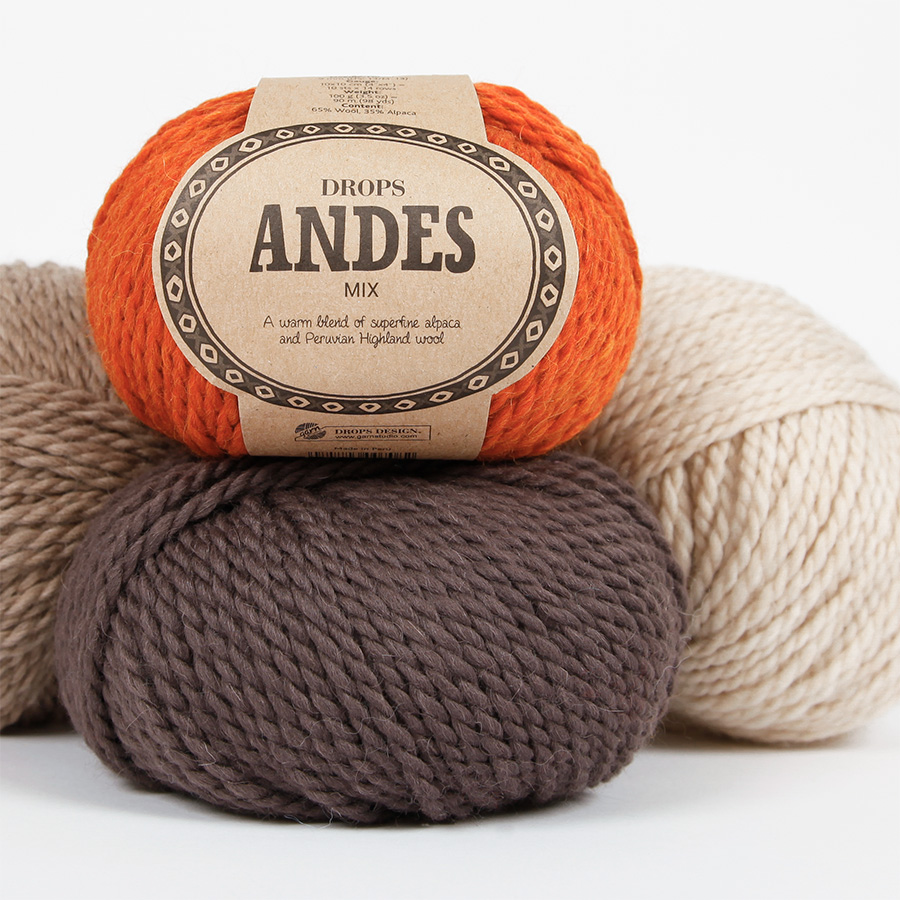
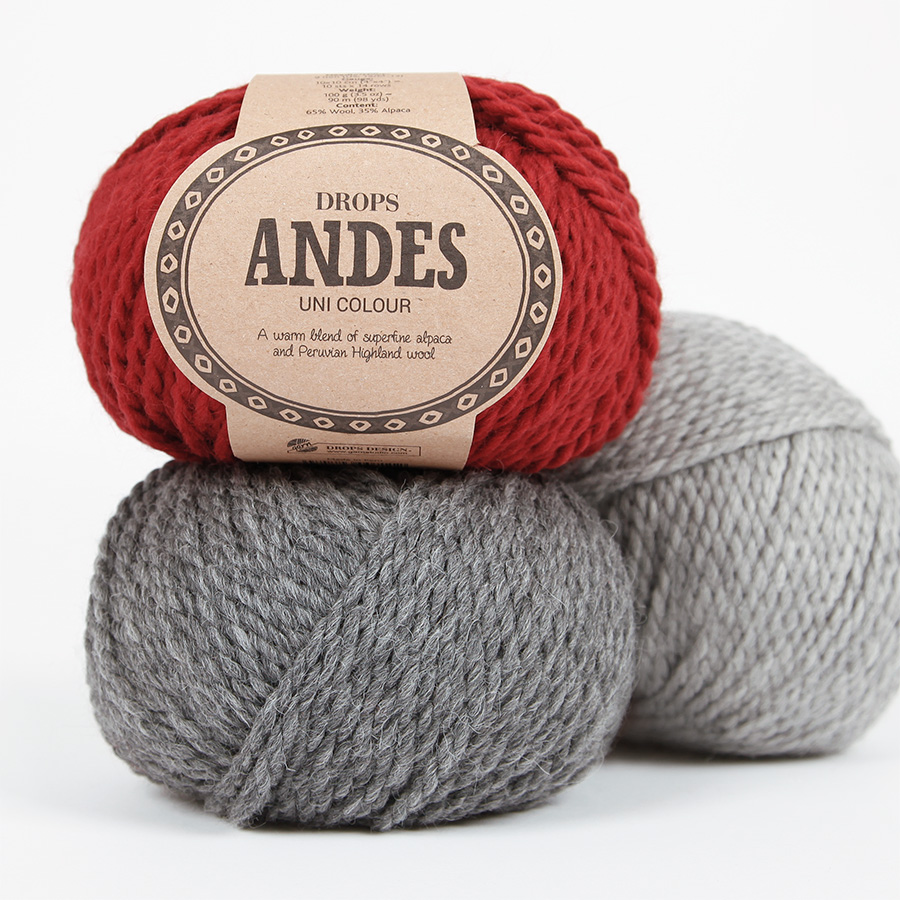
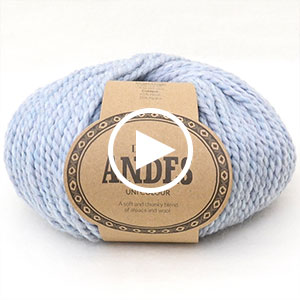

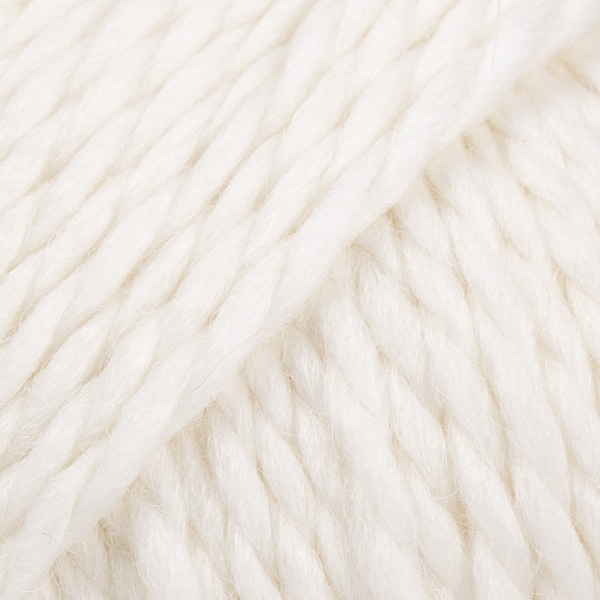





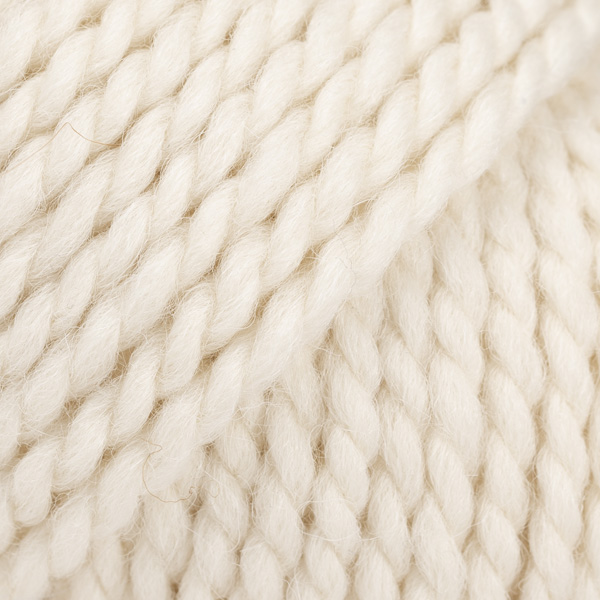





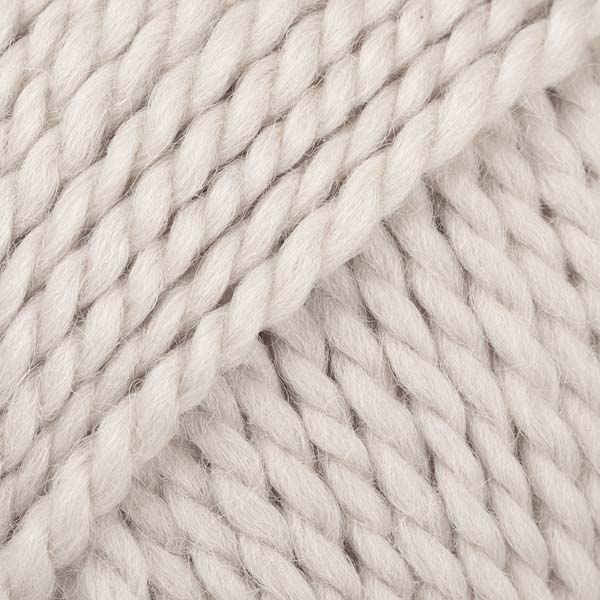
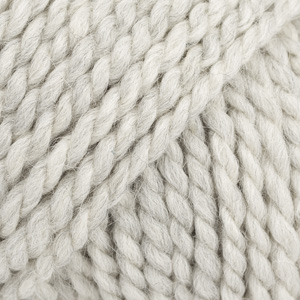
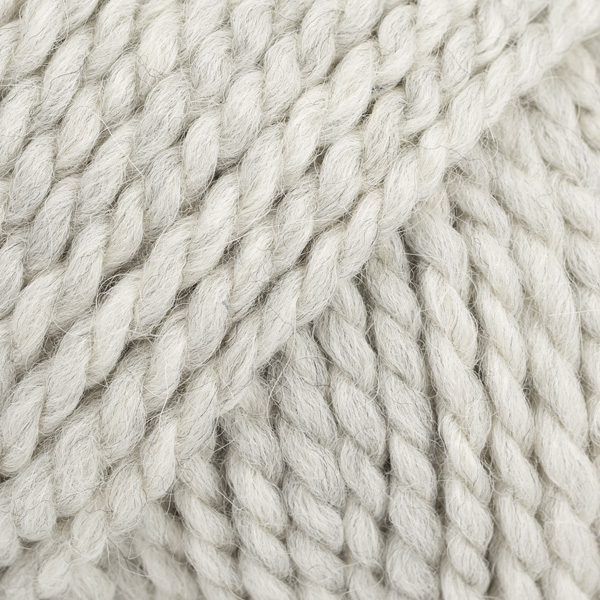










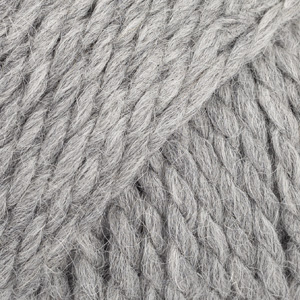
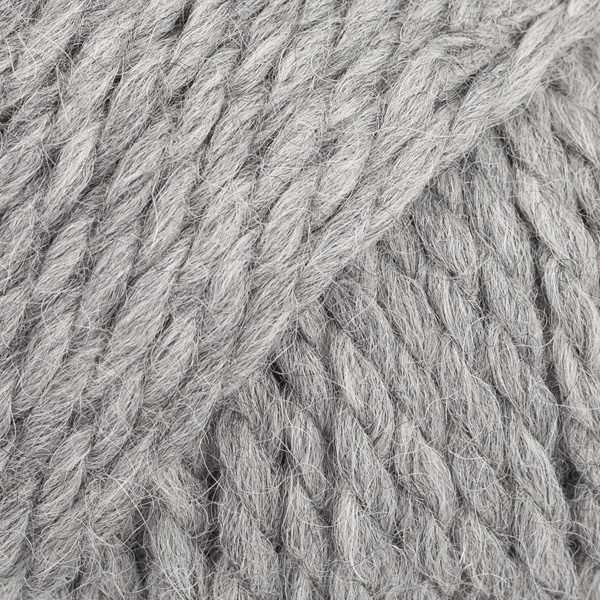




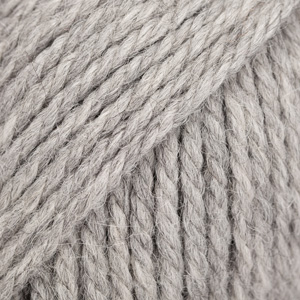
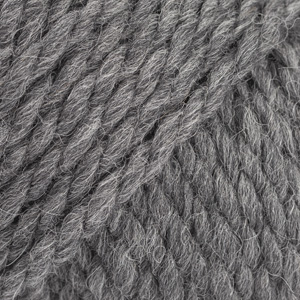
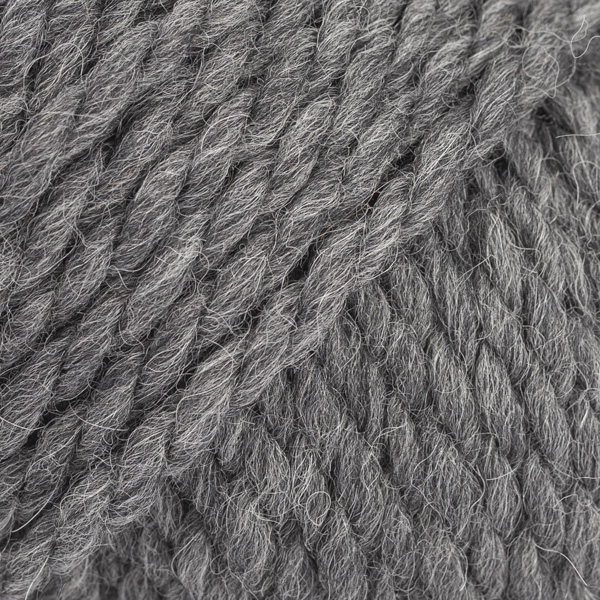





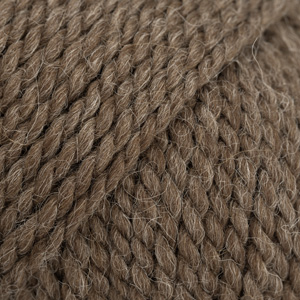
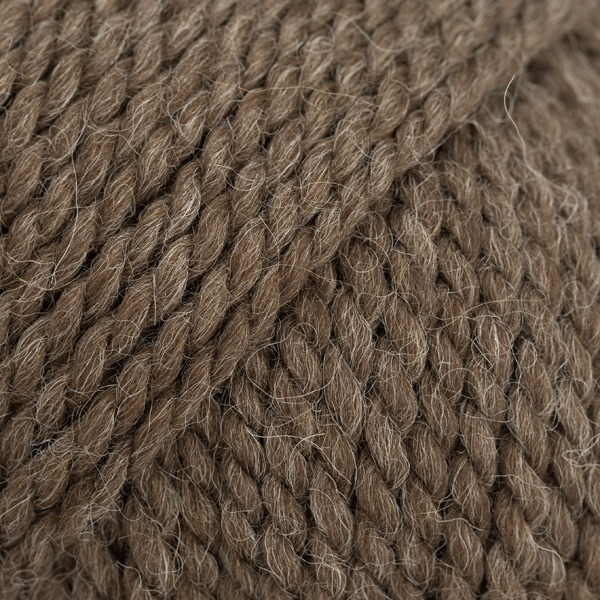

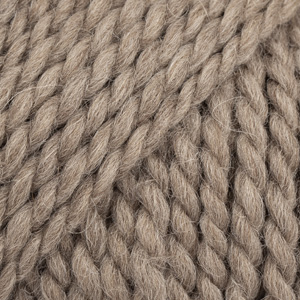
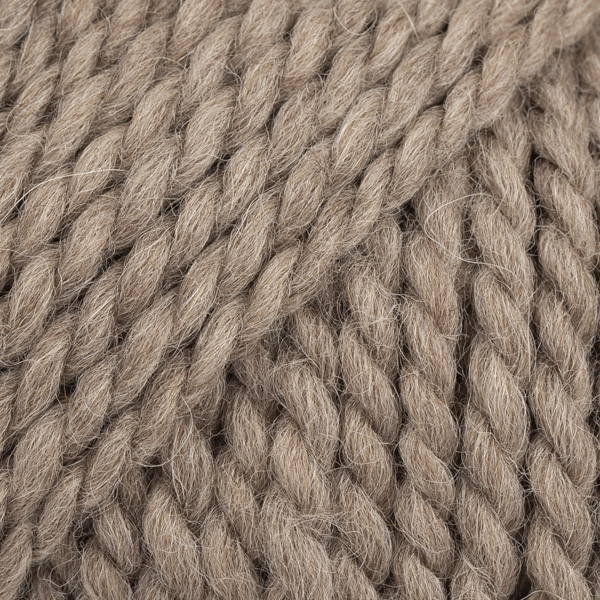


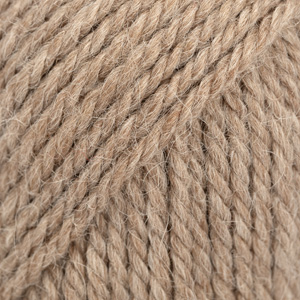

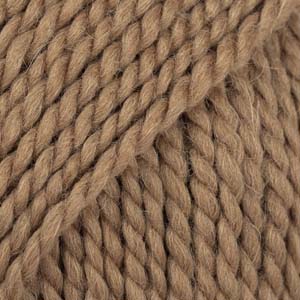
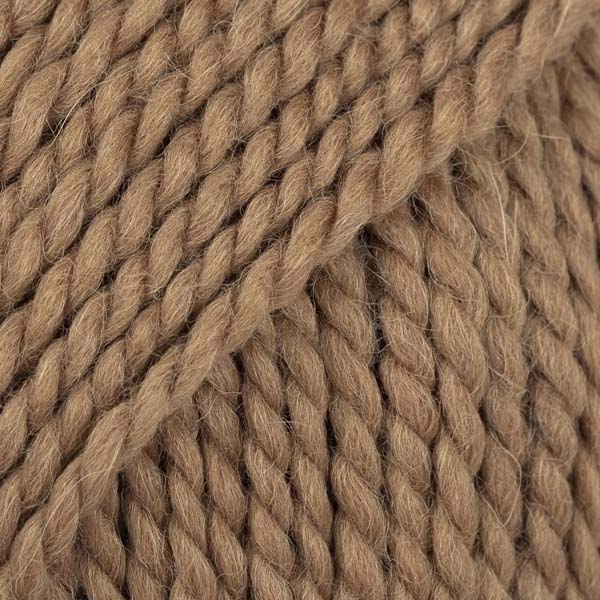





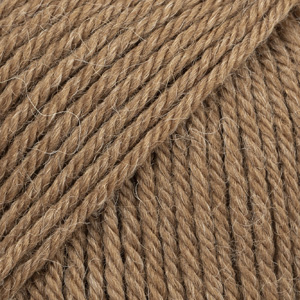



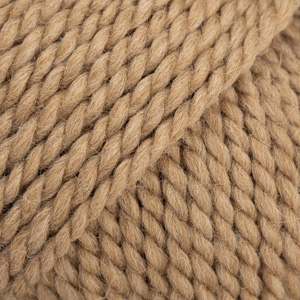
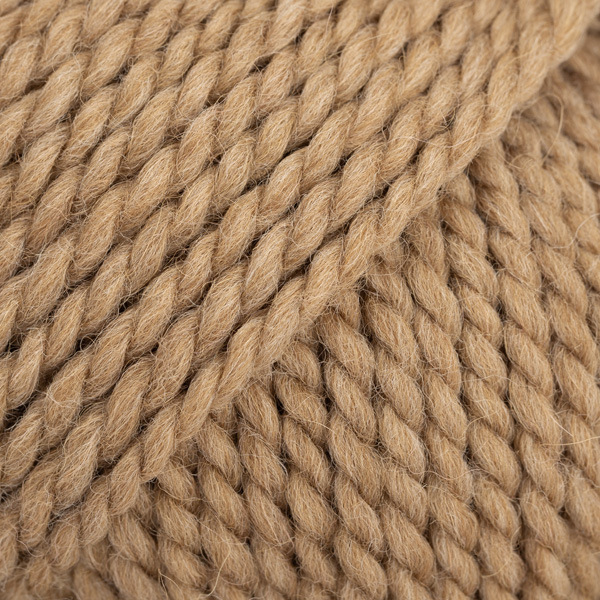

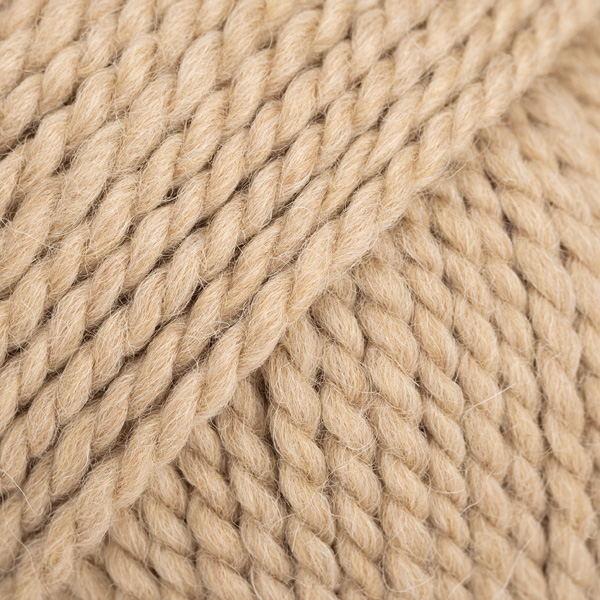
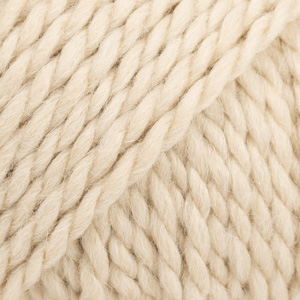
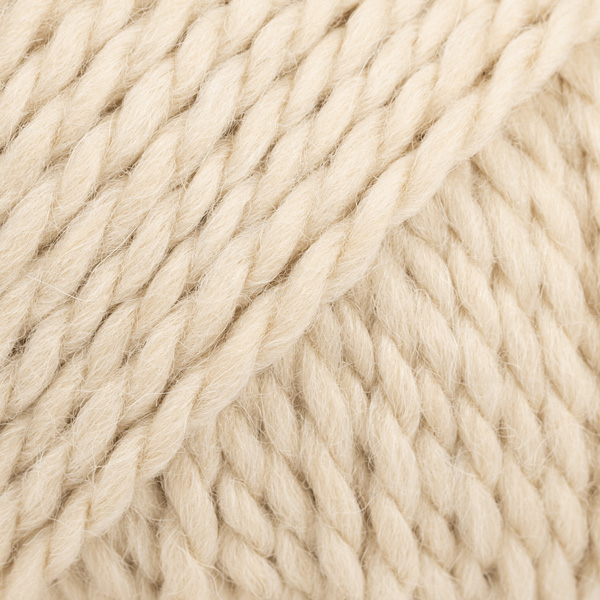









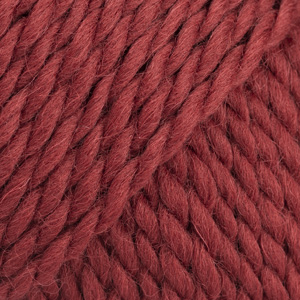
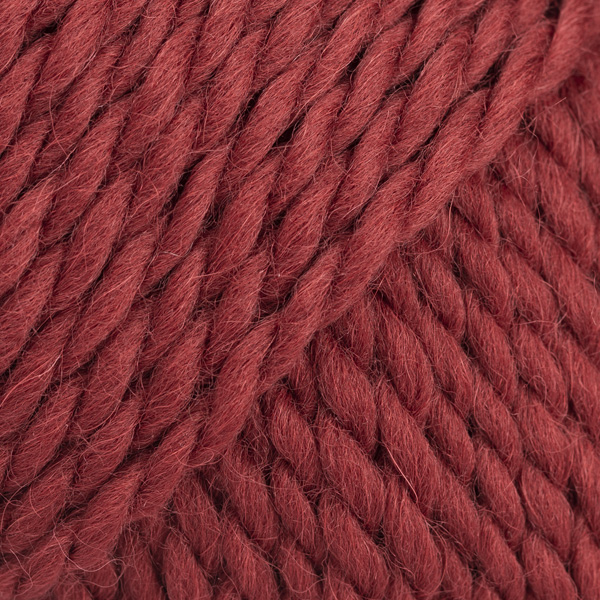
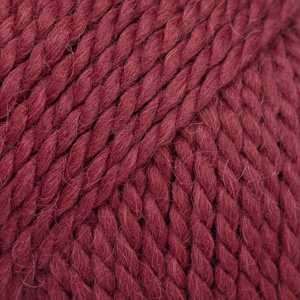
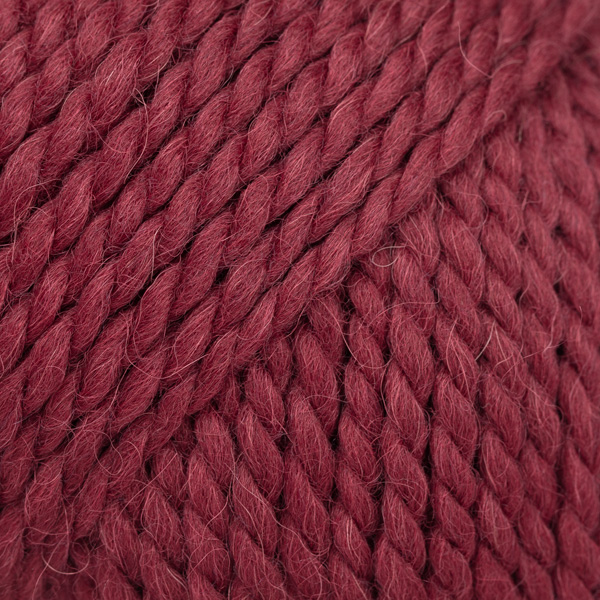
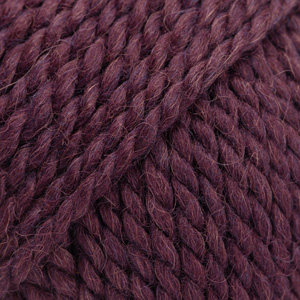
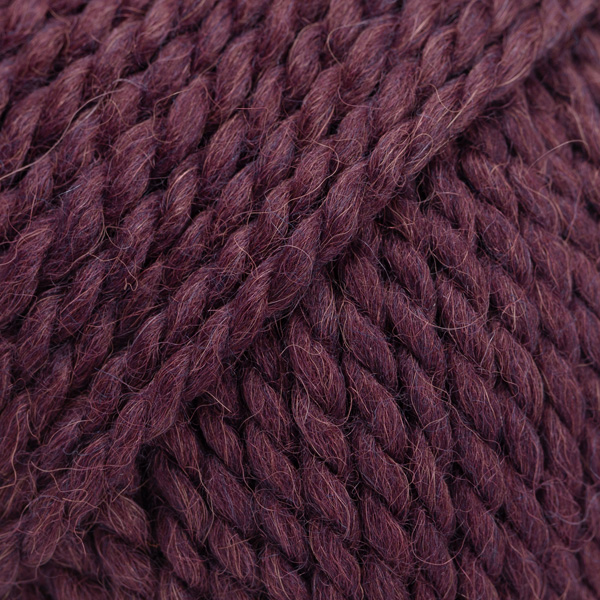







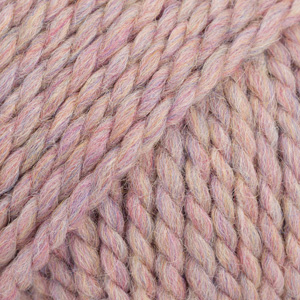
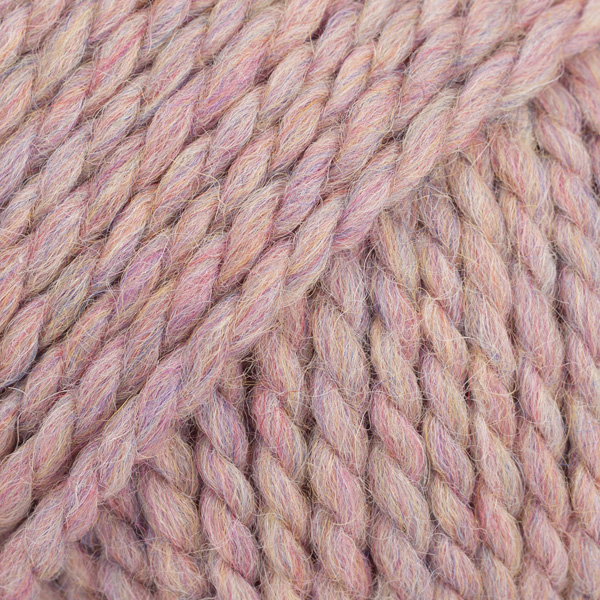

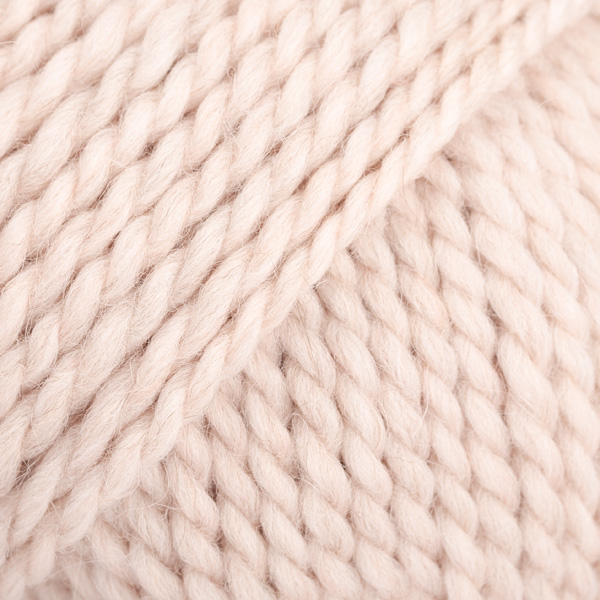
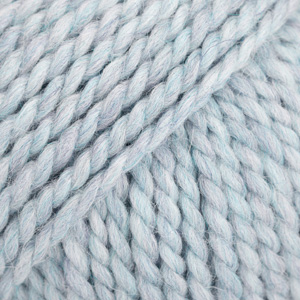
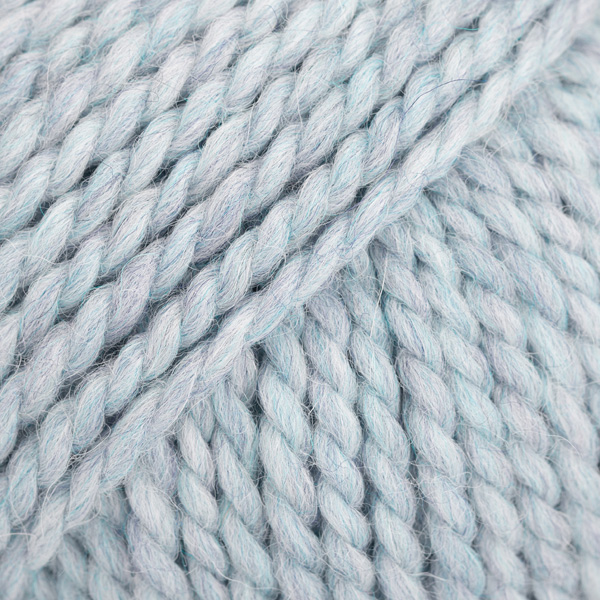

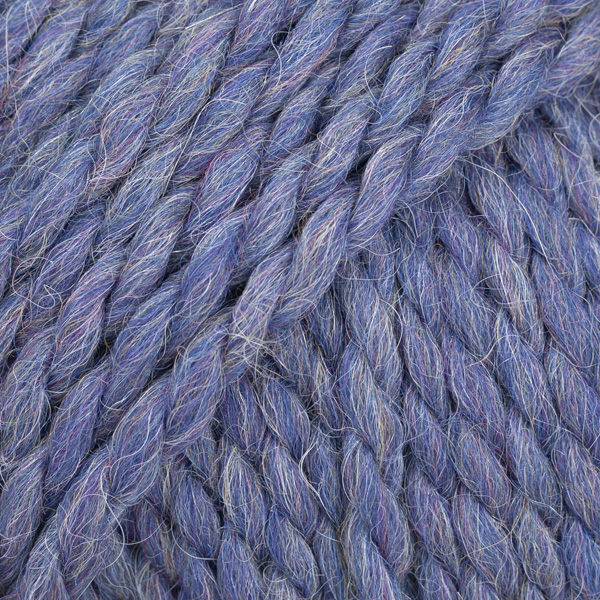



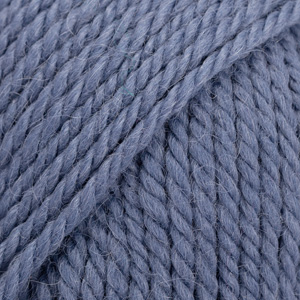
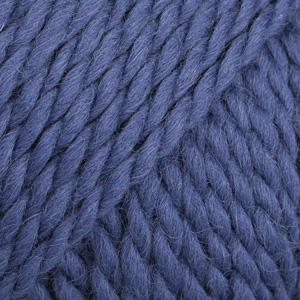
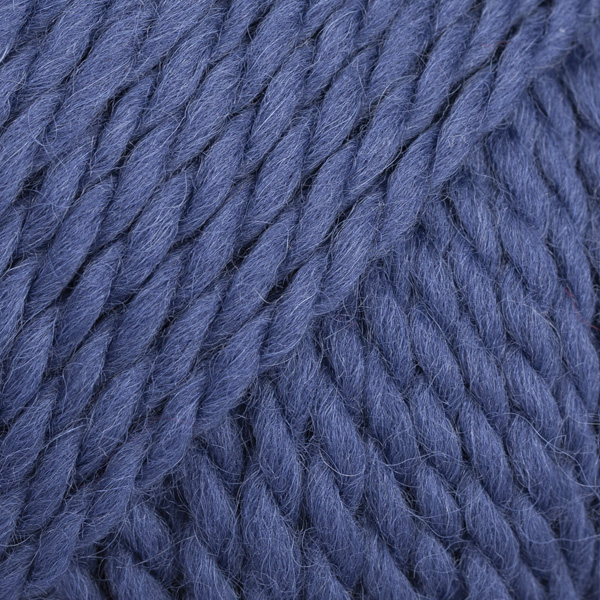
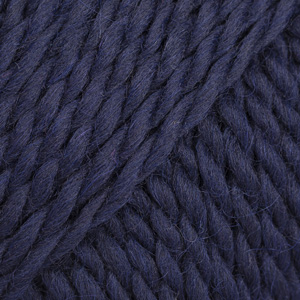
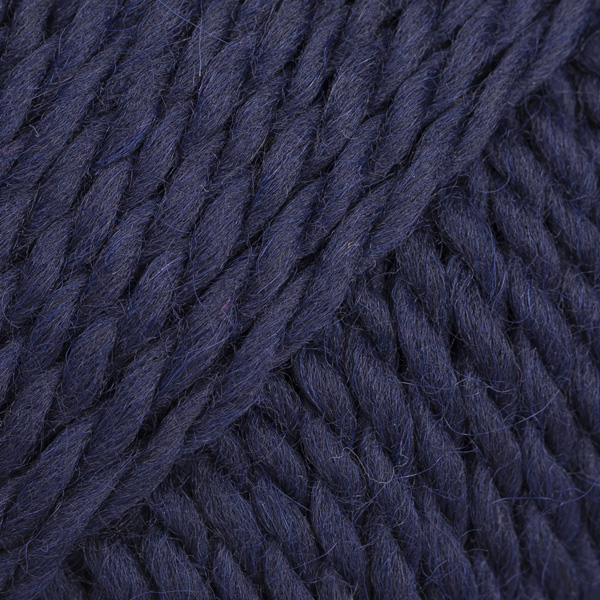

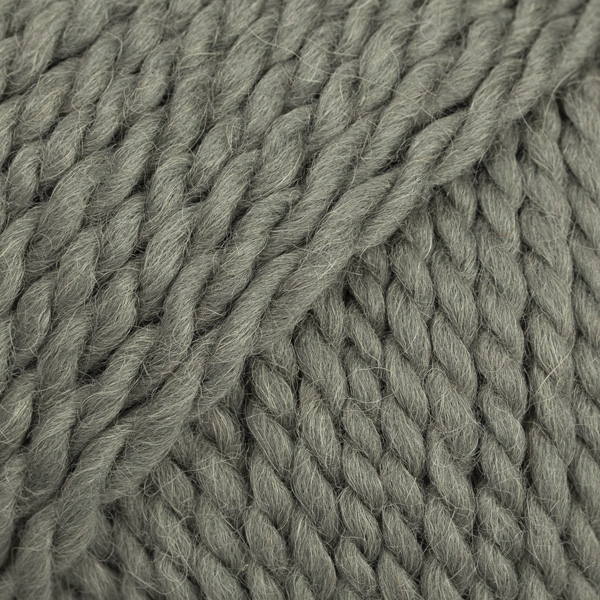

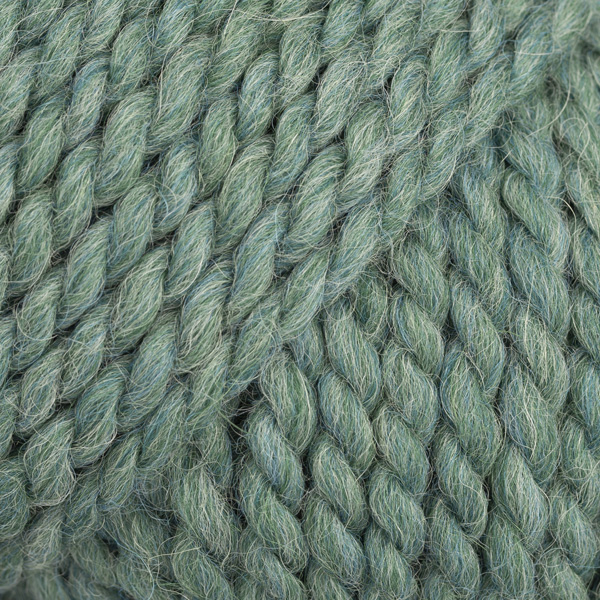




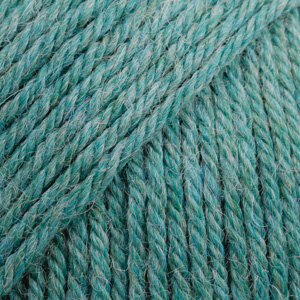



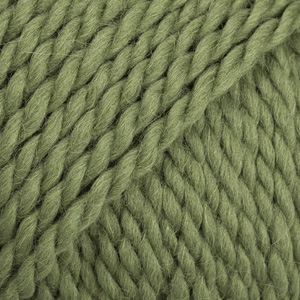
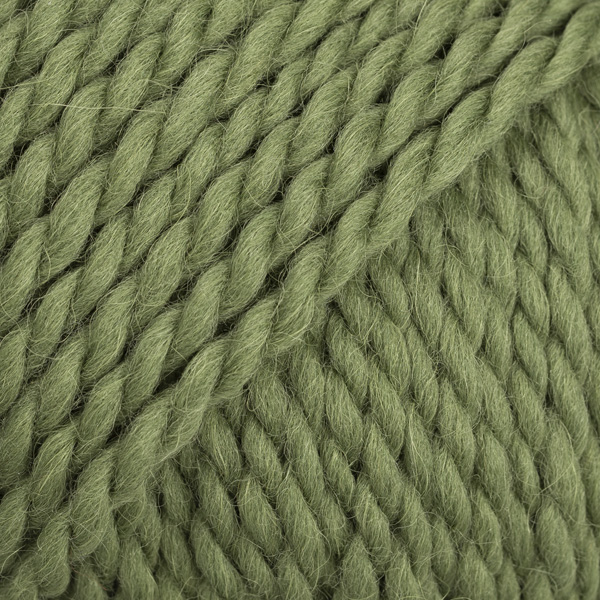
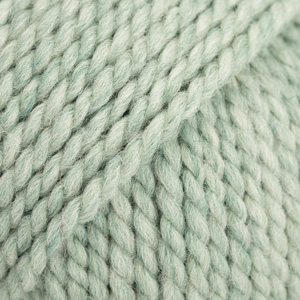
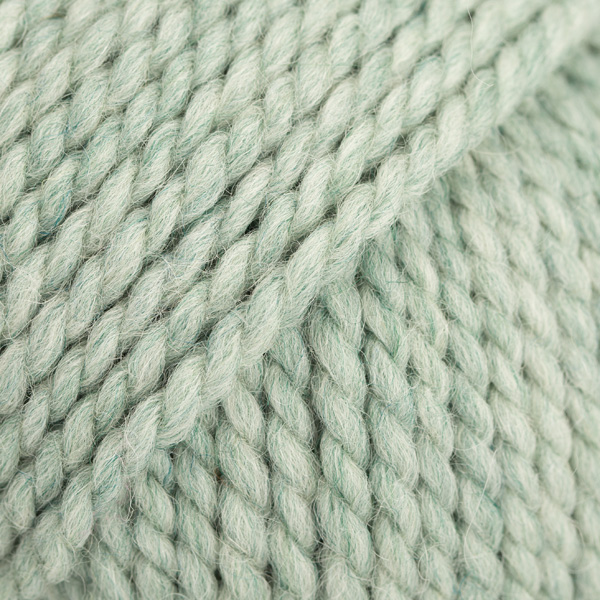
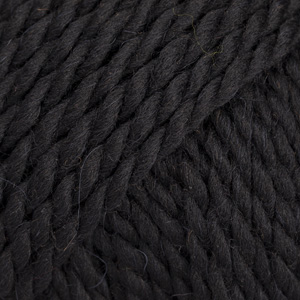
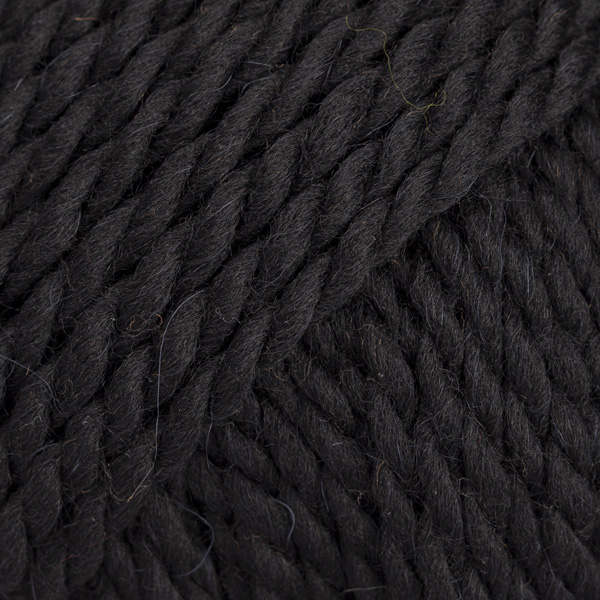

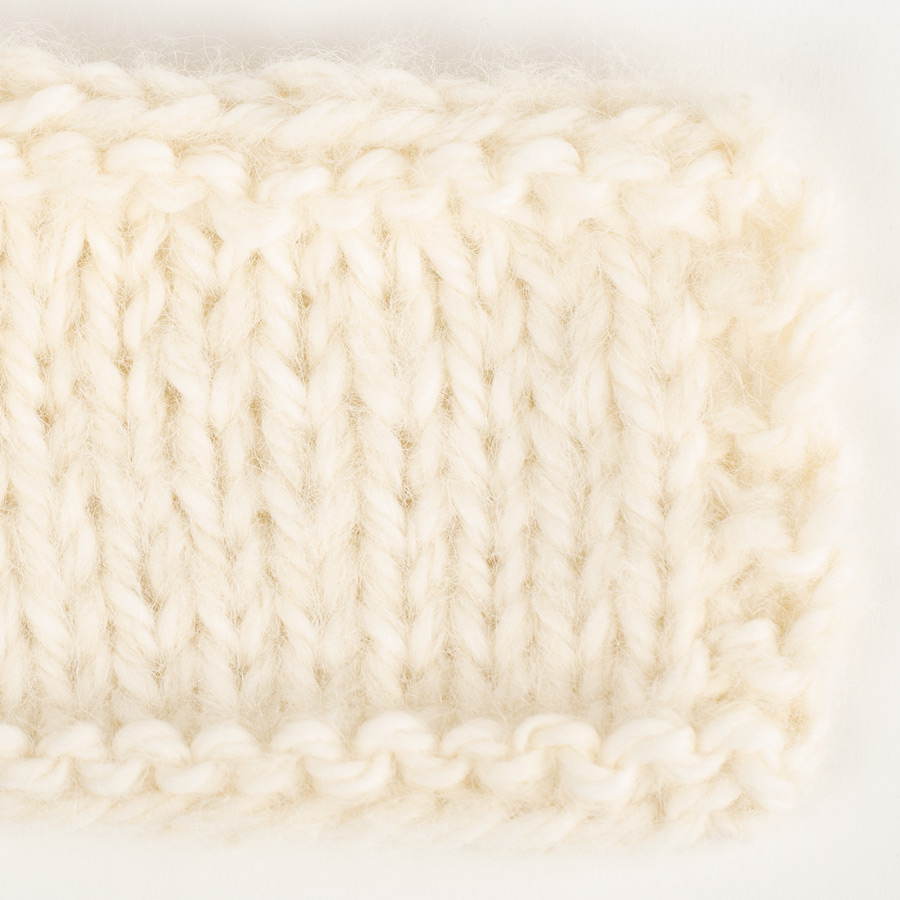
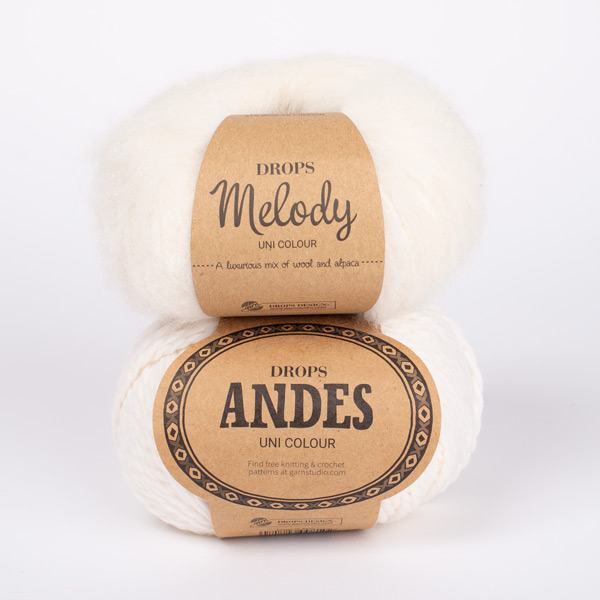

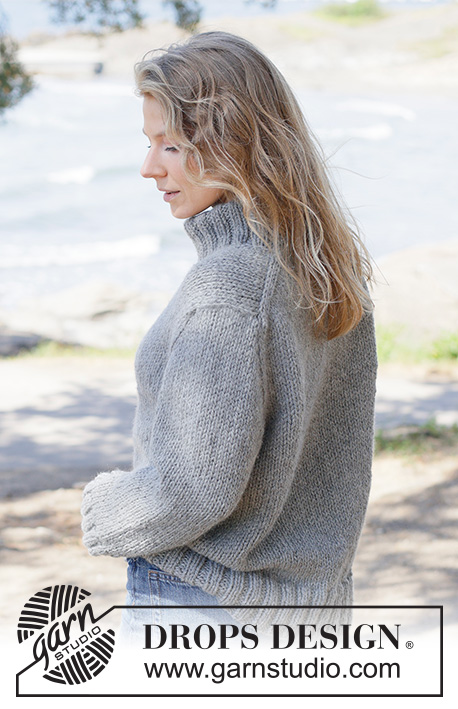
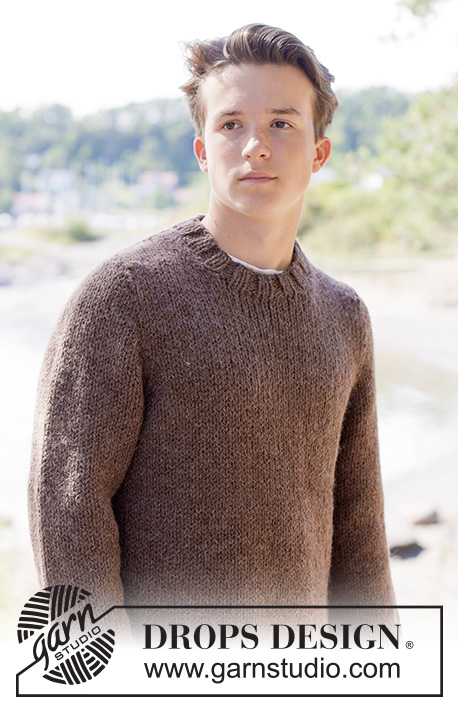

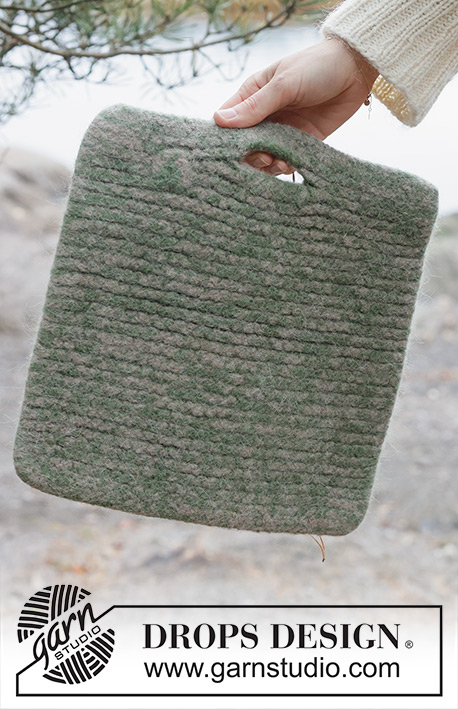


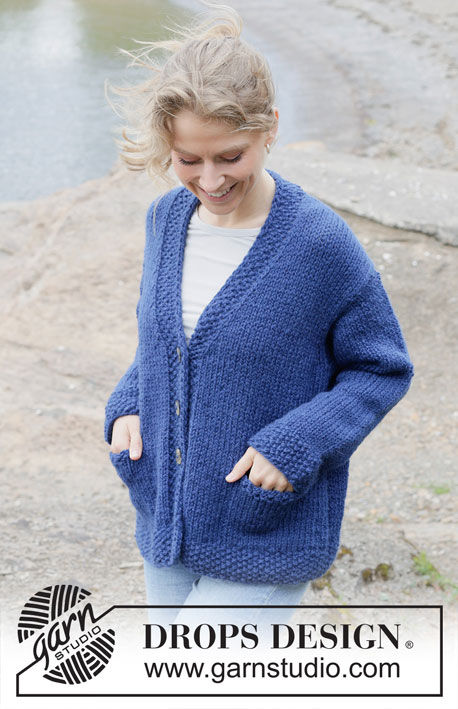

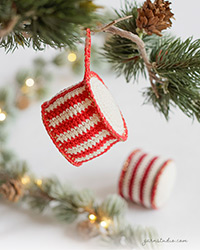





7810
22.02.2021 - 07:59